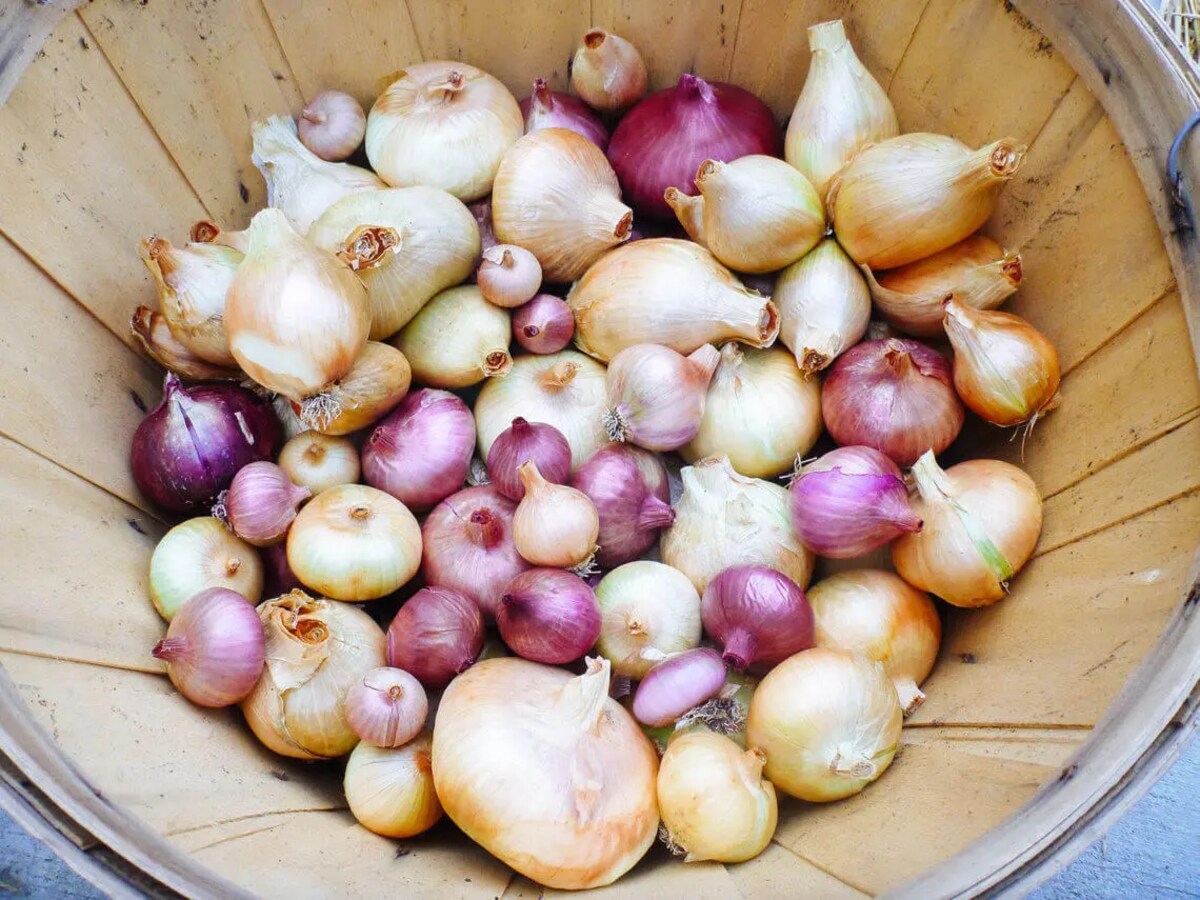

Articles
How To Store Onions
Modified: August 24, 2024
Discover the best way to store onions and keep them fresh for longer with these helpful articles on onion storage techniques.
(Many of the links in this article redirect to a specific reviewed product. Your purchase of these products through affiliate links helps to generate commission for Storables.com, at no extra cost. Learn more)
Introduction
Welcome to our guide on how to store onions! Whether you love cooking with onions or simply enjoy the taste they add to your favorite dishes, knowing how to properly store onions is essential for retaining their flavor and quality. Onions are a versatile ingredient used in various cuisines around the world, but they can be perishable if not stored correctly.
Proper onion storage not only ensures their longevity but also helps maintain their nutritional value and flavor. When stored correctly, onions can last for several weeks or even months, allowing you to have a steady supply on hand for all your culinary endeavors.
In this article, we will delve into the best storage conditions for onions, provide tips on preparing onions for storage, discuss different methods for storing them, and highlight common mistakes to avoid. We will also guide you on how to determine if an onion is past its prime and no longer suitable for storage.
So, whether you have a surplus of onions from your garden or just want to stock up on this versatile vegetable, read on to learn how to store onions properly and make the most of their taste and longevity.
Key Takeaways:
- Proper onion storage is crucial for maintaining flavor, quality, and nutritional value. Follow specific storage conditions, preparation tips, and storage methods to ensure long-lasting, fresh onions for your culinary needs.
- Avoid common storage mistakes and regularly inspect onions for spoilage signs. Properly stored onions save money, reduce food waste, and provide convenient access to this versatile ingredient for delicious meals.
Read more: How To Store Caramelized Onions
Why Proper Onion Storage is Important
Proper onion storage is crucial for several reasons. First and foremost, it helps to maintain the quality and flavor of the onions. When stored correctly, onions retain their firmness, texture, and taste, resulting in better-tasting dishes. Improper storage, on the other hand, can lead to onions becoming soft, mushy, or even rotten, rendering them unfit for consumption.
Additionally, storing onions correctly helps to preserve their nutritional value. Onions are packed with essential vitamins and minerals, including vitamin C, vitamin B6, and dietary fiber. By keeping them in optimal conditions, you can ensure that these nutrients remain intact and provide the maximum health benefits when consumed.
Proper storage also extends the longevity of onions, allowing you to enjoy them over a longer period. Whether you grow your own onions or buy them in bulk, knowing how to store them ensures that you can use them gradually without worrying about spoilage. This can be particularly important if you encounter a good deal on onions or if they are out of season.
Furthermore, storing onions properly can save you money. Instead of wasting onions that have gone bad due to improper storage, you can keep them fresh and ready for use. By avoiding spoilage, you maximize the value of your onion purchase and reduce food waste, ultimately saving money in the long run.
Lastly, having properly stored onions on hand provides convenience. Onions are a staple ingredient in many recipes and having them readily available saves time and effort. With well-stored onions, you can easily access this versatile vegetable whenever you need it, allowing you to whip up delicious meals without a last-minute trip to the grocery store.
Given these reasons, it is clear why proper onion storage is important. Not only does it maintain the quality, flavor, and nutritional value of onions, but it also extends their lifespan, saves you money, and provides convenience in the kitchen. Now, let’s dive into the specifics of how to store onions in the best possible way.
The Best Storage Conditions for Onions
To ensure the longevity and quality of stored onions, it is essential to create the right storage conditions. Here are the key factors to consider:
- Temperature: Onions prefer cool temperatures between 32°F (0°C) and 45°F (7°C). Avoid storing onions in areas that are too warm, as higher temperatures can cause onions to sprout, soften, or rot. A cool pantry, basement, or garage can be ideal storage locations.
- Humidity: Onions require moderate humidity levels for optimal storage. Aim for a relative humidity of around 65% to 70%. Excessive moisture can lead to mold or decay, so it is crucial to avoid damp environments. Conversely, extremely dry conditions can cause onions to dehydrate and become shriveled.
- Light: Onions should be stored in a dark and well-ventilated space. Exposure to light can stimulate sprouting and result in undesirable changes in flavor and texture. Keep onions away from direct sunlight or bright artificial light sources.
- Air Circulation: Proper air circulation is vital to prevent moisture buildup and maintain onion freshness. Avoid storing onions in plastic bags or airtight containers, as this can trap moisture and promote spoilage. Instead, store them in a breathable container or a mesh bag that allows for airflow.
Considering these storage conditions, a cool and dry location, such as a pantry or cellar, is often ideal for long-term onion storage. Ensure that the area is free from excessive moisture, heat sources, and direct sunlight.
If you don’t have access to a cool, dark storage area, another option is to store onions in a refrigerator. However, keep in mind that refrigeration can alter the texture and flavor of onions. To refrigerate onions, place them in a perforated bag or wrap them loosely in paper towels to absorb excess moisture.
It’s important to note that certain types of onions have different storage requirements. While most onions can be stored using the general guidelines discussed here, some varieties, such as sweet onions, may have shorter storage lives and require more specific conditions. Always check the specific recommendations for the type of onion you are storing.
Now that you know the best storage conditions for onions, it’s time to learn how to prepare them before storing to ensure maximum freshness…
Tips for Preparing Onions for Storage
Properly preparing onions before storage is essential for prolonging their shelf life and maintaining their quality. Here are some helpful tips to follow:
- Cure the onions: Before storing, onions need to go through a process called curing. This involves allowing the onions to dry out and form a protective layer around the outer skin. To cure onions, harvest them and leave them in a well-ventilated area for about two to three weeks. Place them on a clean, dry surface, such as a mesh rack or a wire crate, and ensure there is good airflow around each onion.
- Trim the stems and roots: After curing, trim the stems and roots of the onions. Cut them to about one inch in length, being careful not to remove too much of the onion itself. Trimming the stems and roots helps prevent moisture loss and reduces the chances of fungal growth.
- Inspect for damage or rot: Before storing onions, inspect them carefully for any signs of damage or rot. Discard any onions that are soft, bruised, or showing signs of mold. Damaged onions can spoil quickly and affect the surrounding onions.
- Separate by variety: If you have different onion varieties, it’s best to store them separately. Some onions have shorter storage lives or require specific storage conditions. Keeping them separate prevents any potential cross-contamination and helps maintain their individual freshness.
- Avoid storing with certain produce: Onions emit ethylene gas, which can accelerate the ripening process of certain fruits and vegetables. To prevent premature ripening and spoilage, avoid storing onions with potatoes, apples, pears, or other ethylene-sensitive produce.
- Consider braiding or hanging: If you have a large harvest of onions, consider braiding or hanging them. This method allows for good air circulation and saves space. To braid onions, tie the dried stems together and create a braid, then hang the braided onions in a cool, dry location.
- Regularly check for spoilage: Even with proper storage and preparation, onions can still spoil over time. Regularly check stored onions for any signs of decay, mold, or sprouting. Remove any affected onions promptly to prevent spoilage from spreading to the rest.
By following these tips, you can ensure that your onions are well-prepared for storage, resulting in longer shelf life and better quality. Now, let’s explore the different methods you can use to store onions…
Store onions in a cool, dry, well-ventilated place with good air circulation. Avoid storing them near potatoes, as the gases they release can cause onions to spoil faster.
Different Methods for Storing Onions
There are various methods you can use to store onions depending on the space available, climatic conditions, and personal preference. Here are some popular methods for storing onions:
- Ambient Storage: This method involves storing onions in a cool, dry, and well-ventilated area, such as a pantry or cellar. Place the cured and trimmed onions in a single layer on a shelf or in a mesh bag. Ensure they are not touching each other to promote airflow. Check regularly for any signs of spoilage and remove any affected onions promptly to prevent spreading.
- Braiding or Hanging: This method is ideal for storing large quantities of onions. After curing and trimming the onions, tie several stalks together near the stem ends and create a braid. Hang the braided onions in a cool, dark, and well-ventilated location. This method allows for good air circulation and saves space. Just make sure the onions are not too tightly packed, as this can hinder airflow.
- Mesh Bags or Baskets: Another option is to store onions in mesh bags or baskets. Place the cured and trimmed onions in the bag or basket, ensuring there is enough space for air circulation. Hang or place the bag or basket in a cool, dry area. The mesh material allows for proper ventilation and helps prevent moisture buildup.
- Refrigeration: If you live in an area with high temperature and humidity or if you have limited storage space, you can store onions in the refrigerator. However, keep in mind that refrigeration can alter the texture and flavor of onions over time. Place the onions in a perforated bag or wrap them loosely in paper towels to absorb excess moisture. Use refrigerated onions within a few weeks.
- Freezing: Freezing onions is a great way to extend their shelf life. To freeze onions, peel and chop them into desired sizes. Flash-freeze the chopped onions on a baking sheet, then transfer them to a freezer-safe bag or container. Label and date the container before placing it in the freezer. Frozen onions can be used directly in cooked dishes without thawing, making them convenient for future use.
- Dehydrating: Dehydrating onions removes moisture and allows for long-term storage. Slice or chop the onions and spread them in a single layer on a dehydrator tray or baking sheet. Dry them at a low temperature, typically around 130°F (54°C), until they are completely dry and crisp. Store the dehydrated onions in an airtight container in a cool, dry place. Rehydrate them by soaking in water before using in recipes.
Choose the storage method that best suits your needs and available resources. Whichever method you choose, remember to monitor the stored onions regularly for any signs of spoilage and adjust the storage conditions if necessary. Now, let’s discuss some common mistakes to avoid when storing onions…
Read more: How To Store Garlic And Onions
Common Mistakes to Avoid when Storing Onions
While storing onions may seem straightforward, there are some common mistakes that can compromise their quality and shelf life. Here are some important pitfalls to avoid:
- Storing damp onions: Moisture is the enemy when it comes to onion storage. Avoid storing onions that are damp or have not been properly cured. Moisture can lead to mold or rot, resulting in spoiled onions that can quickly affect the surrounding ones.
- Storing onions near ethylene-sensitive produce: Onions release ethylene gas, which can accelerate the ripening process of certain fruits and vegetables, causing them to spoil more quickly. Keep onions away from potatoes, apples, pears, and other ethylene-sensitive produce to prevent premature ripening and rot.
- Using plastic bags or airtight containers: Onions require good air circulation to maintain their freshness. Storing them in plastic bags or airtight containers can trap moisture, leading to spoilage. Instead, opt for breathable containers like mesh bags or baskets, or store them in a well-ventilated pantry or cellar.
- Storing onions in warm areas: Onions prefer cool temperatures, so storing them in warm areas can accelerate sprouting and spoilage. Avoid keeping onions close to heat sources, such as stoves or direct sunlight. Opt for a cool and dry location, like a pantry, cellar, or refrigerator (if necessary).
- Not inspecting for spoilage regularly: Even with the best storage conditions, onions can spoil over time. Make it a habit to inspect stored onions regularly for any signs of decay, mold, or sprouting. Remove any affected onions immediately to prevent spoilage from spreading and affecting the rest of the batch.
- Ignoring specific storage requirements for different onion varieties: Different onion varieties may have specific storage needs. Some onions have shorter shelf lives or require particular conditions. It’s important to be aware of these requirements and adjust your storage accordingly. Check the recommendations for the specific type of onion you are storing.
By being mindful of these common mistakes, you can ensure that your stored onions remain fresh, flavorful, and long-lasting. Properly stored onions will enhance your culinary creations and help reduce food waste.
Now that you know how to avoid these mistakes, it’s important to understand how to determine if an onion is no longer suitable for storage…
How to Tell if an Onion is No Longer Good for Storage
Knowing when an onion is no longer suitable for storage is crucial to prevent spoilage and maintain the quality of your onion supply. Here are some signs to look out for when determining if an onion is no longer good for storage:
- Sprouting: Sprouting is a clear indication that an onion is past its prime. When onions start to sprout, it indicates that they are using their stored energy to grow new shoots, causing the onion to become soft and less flavorful.
- Soft or squishy texture: A good onion should have a firm texture. If an onion feels soft or squishy to the touch, it is a sign that it is no longer suitable for storage. Soft onions are more prone to mold and decay.
- Mold or fungal growth: If you notice any mold or fungal growth on the surface of an onion, discard it immediately. Mold can spread quickly and affect other onions, so it’s important to remove any affected ones promptly.
- Visible bruises or blemishes: Onions with visible bruises or blemishes are more likely to spoil quickly. These damaged areas can provide an entry point for bacteria, leading to faster decay and spoilage. Remove any onions with significant bruises before storing.
- Unpleasant odor: Fresh onions have a mild, slightly pungent aroma. If an onion has a strong, unpleasant odor, it may indicate that it is no longer fresh and suitable for storage. Trust your nose and discard any onions with an off-putting smell.
- Signs of sprouting or decay inside the onion: While onions can appear fine on the outside, they may have started sprouting or may be decaying on the inside. If you cut open an onion and notice signs of sprouting or decay, it’s best to discard it.
Regularly inspect your stored onions for these signs of spoilage. It’s important to remove any onions that show these indicators to prevent the spread of decay to the rest of your stored onions. Remember, one spoiled onion can spoil the entire batch.
By being proactive in checking the condition of your stored onions, you can ensure that you are using the freshest and highest-quality onions in your recipes. Now, let’s conclude our guide on onion storage…
Conclusion
Properly storing onions is essential for maintaining their flavor, quality, and longevity. By following the right storage conditions, preparing onions correctly, and using appropriate storage methods, you can enjoy a steady supply of fresh onions for your culinary endeavors. Avoiding common storage mistakes and being vigilant in identifying signs of spoilage will help maximize the shelf life of your onions.
Remember to cure onions before storage to allow them to form a protective layer and trim their stems and roots to prevent moisture loss. Inspect the onions for any signs of damage, and store them in a cool, dry, and well-ventilated area. Avoid storing them with ethylene-sensitive produce and opt for breathable containers or hanging methods to allow proper air circulation.
Freezing or dehydrating onions are great options if you need to store them for extended periods. However, be aware that refrigeration can alter the texture and flavor of onions over time. Regularly check stored onions for signs of sprouting, mold, softness, or unpleasant odor, and promptly remove any spoiled onions to prevent spoilage from spreading.
By implementing these techniques and guidelines, you can ensure that your stored onions retain their best quality and remain ready for use in your favorite recipes. Not only will you save money and reduce food waste, but you will also have the convenience of having onions on hand whenever you need them.
Now that you have a comprehensive understanding of how to store onions properly, it’s time to put this knowledge into practice. Enjoy the freshness and flavor of well-stored onions in your culinary creations!
Frequently Asked Questions about How To Store Onions
Was this page helpful?
At Storables.com, we guarantee accurate and reliable information. Our content, validated by Expert Board Contributors, is crafted following stringent Editorial Policies. We're committed to providing you with well-researched, expert-backed insights for all your informational needs.
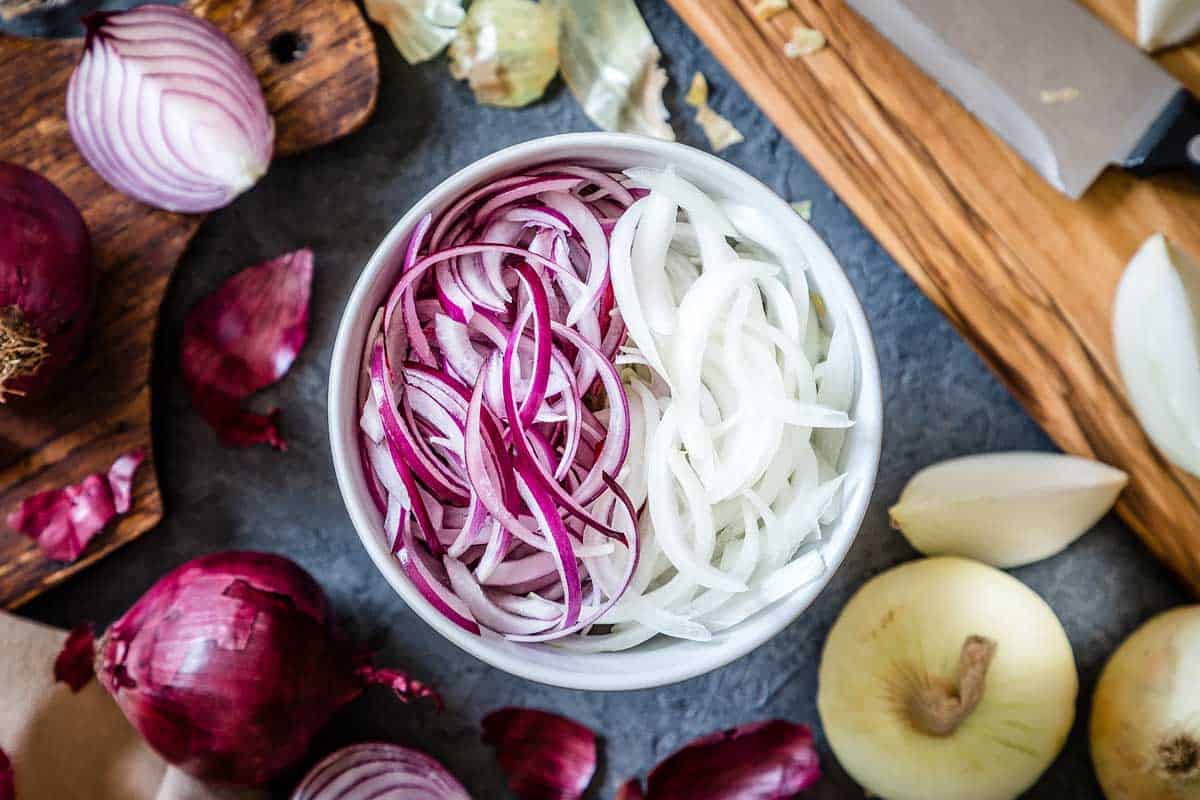
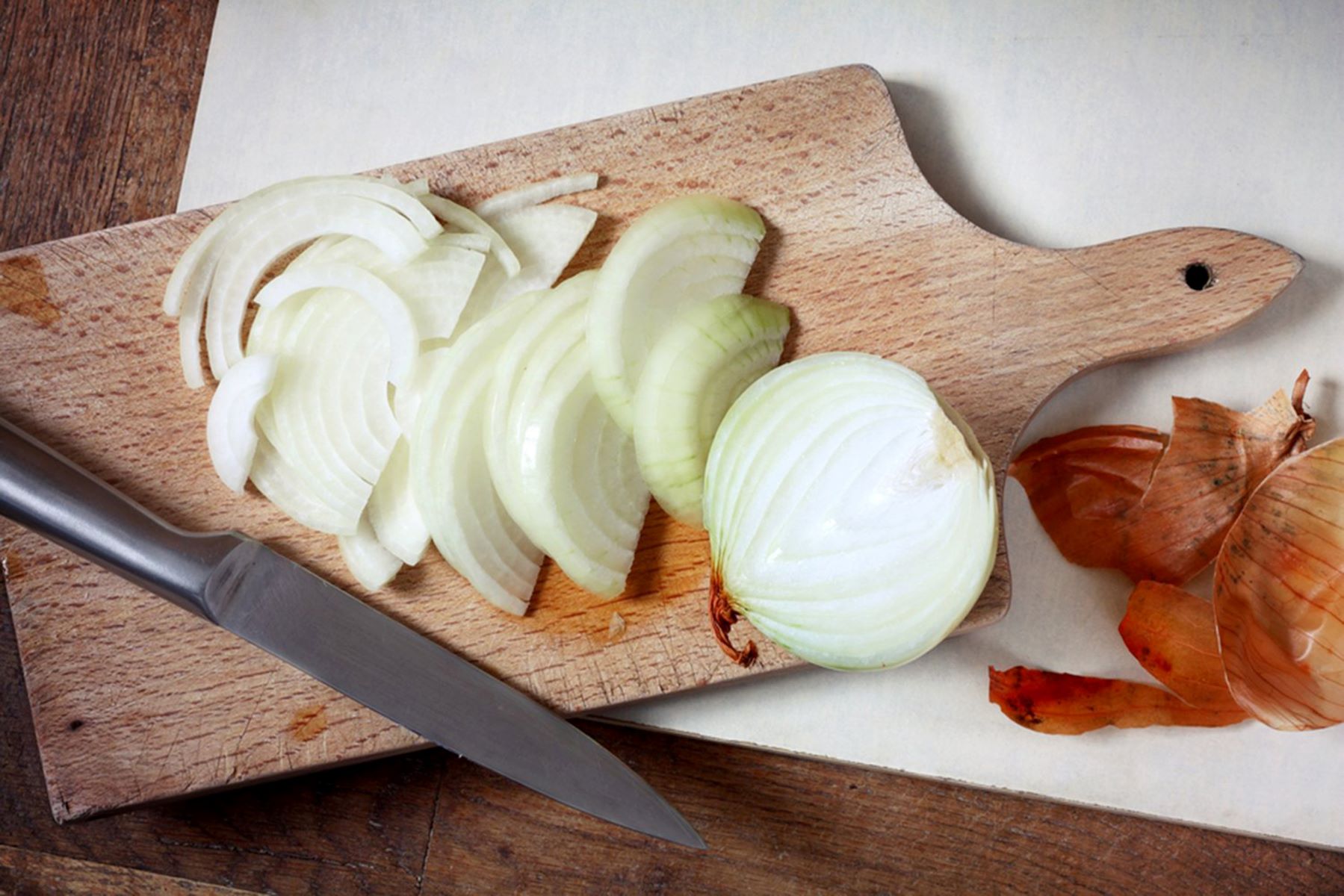

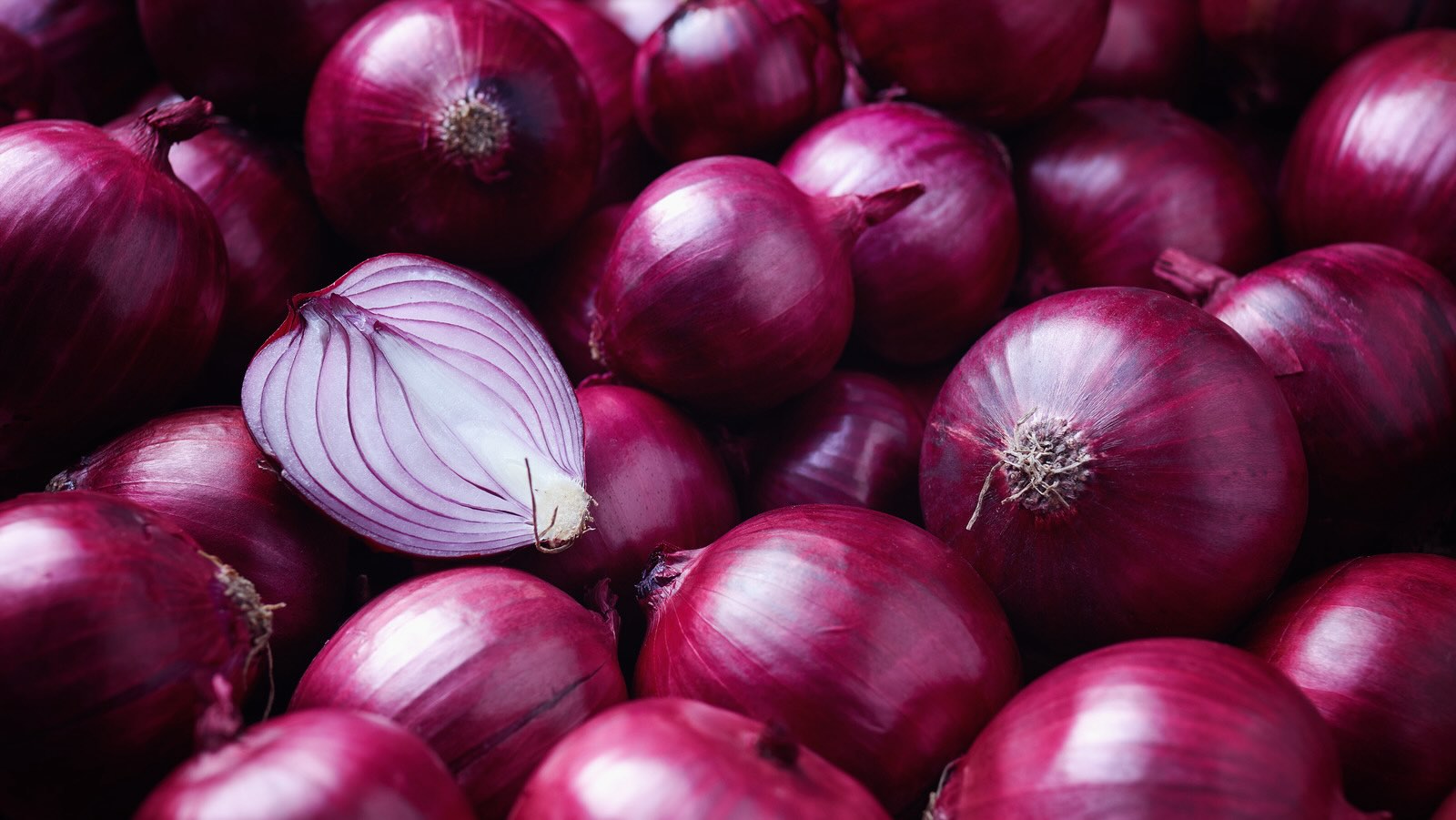
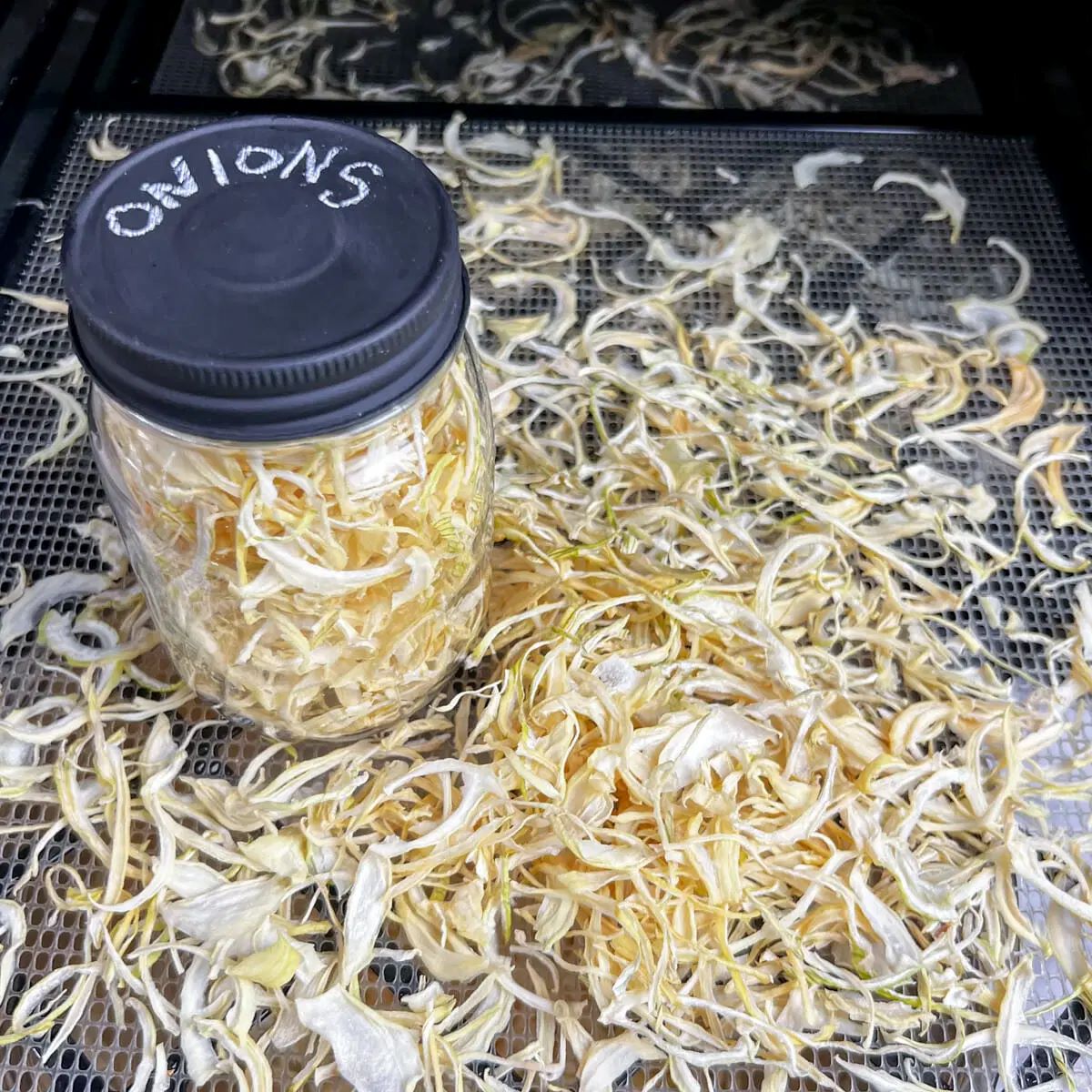
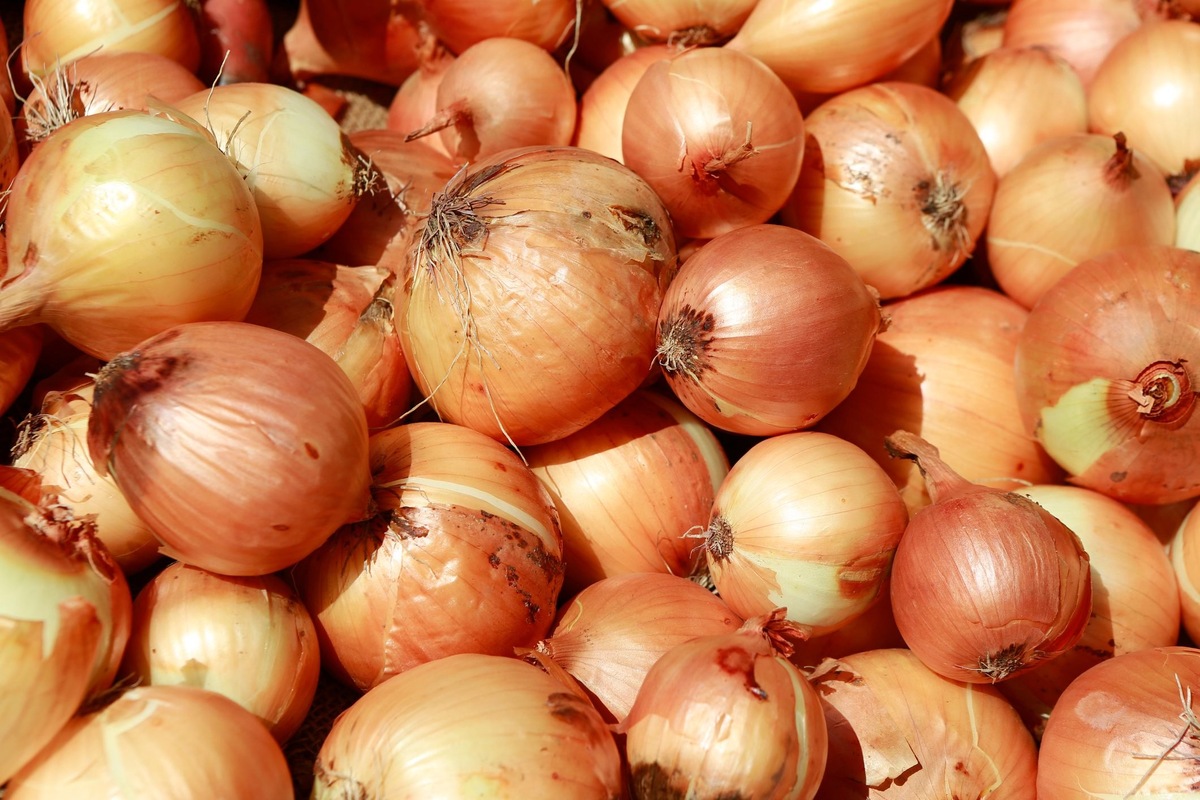
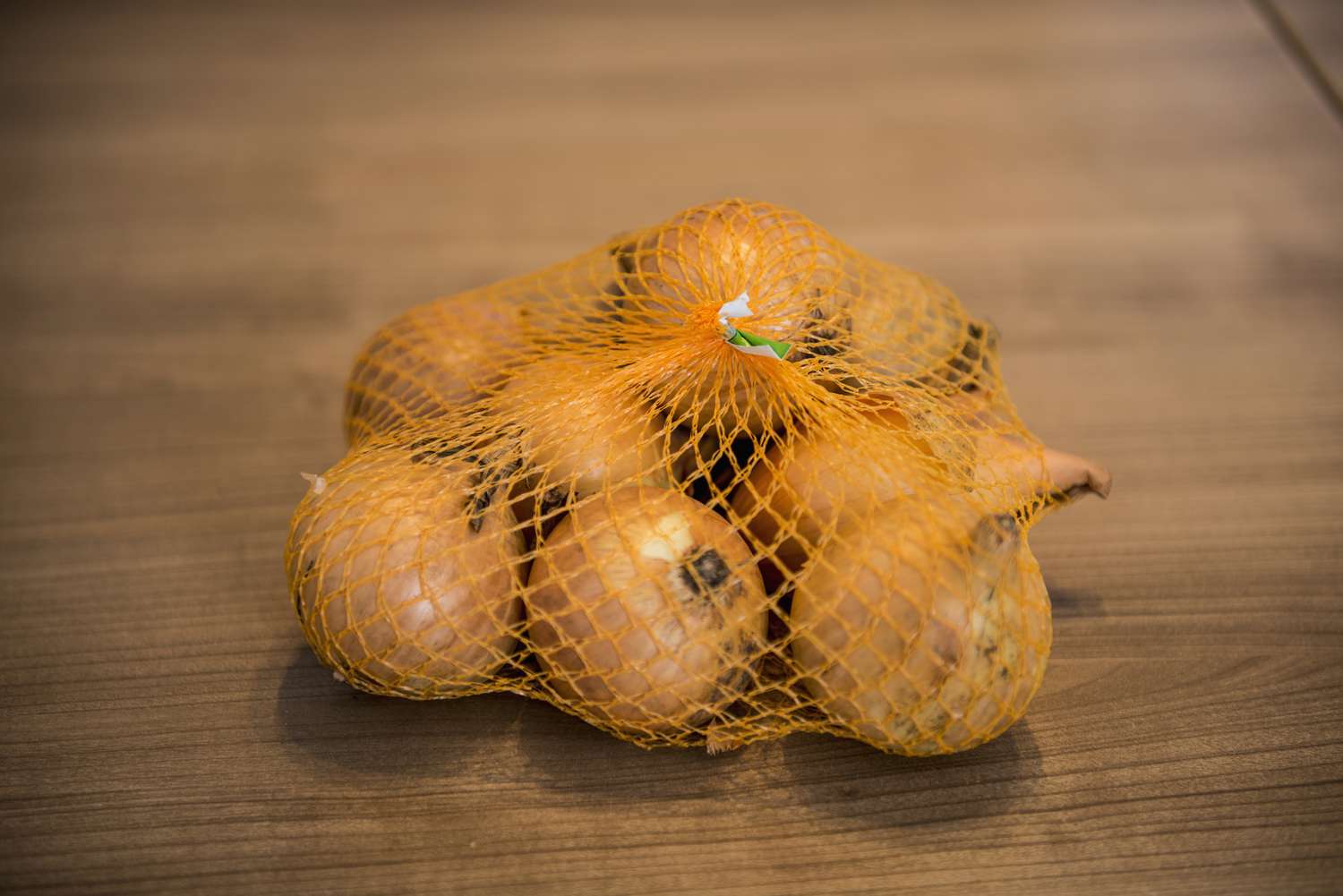
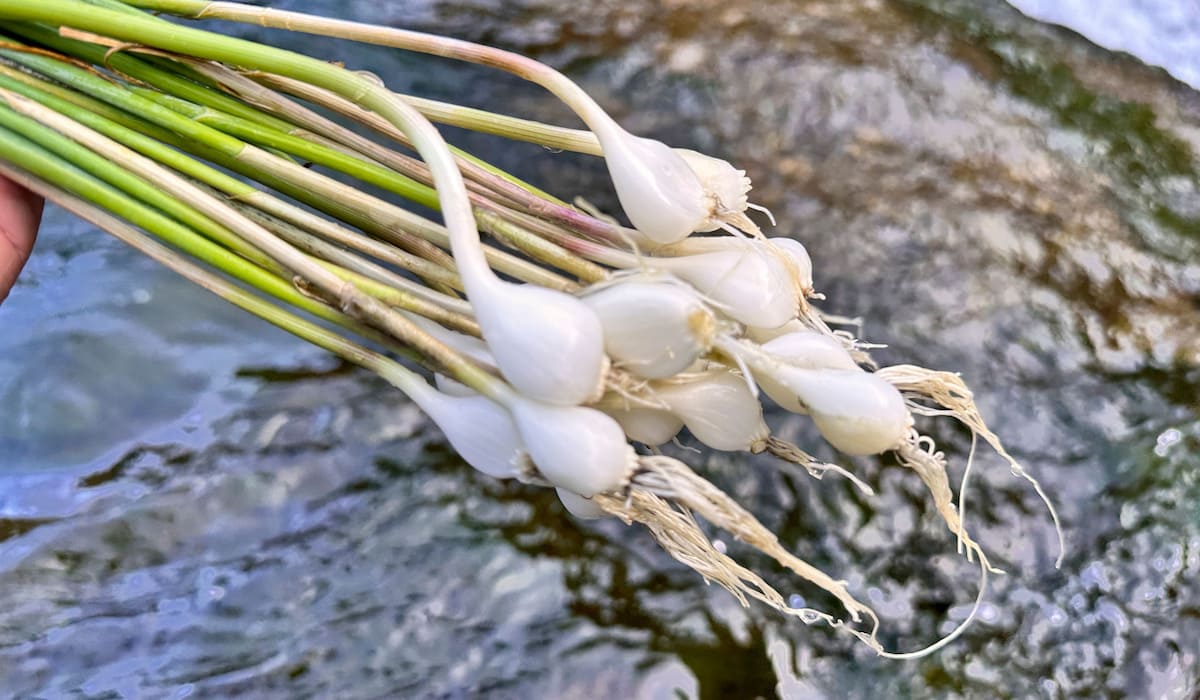
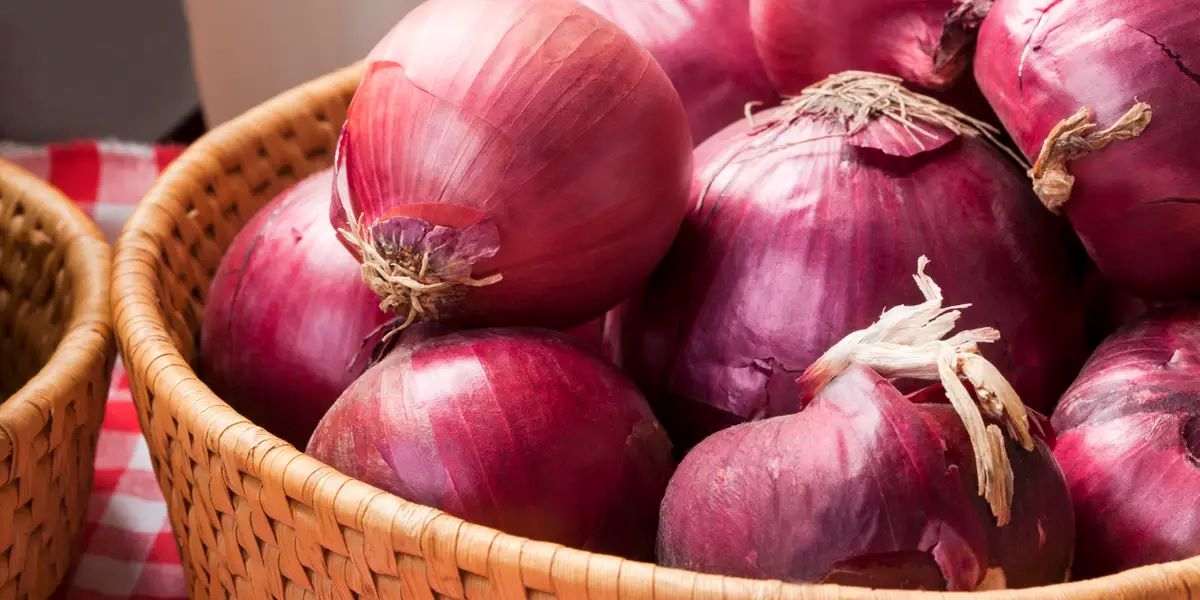
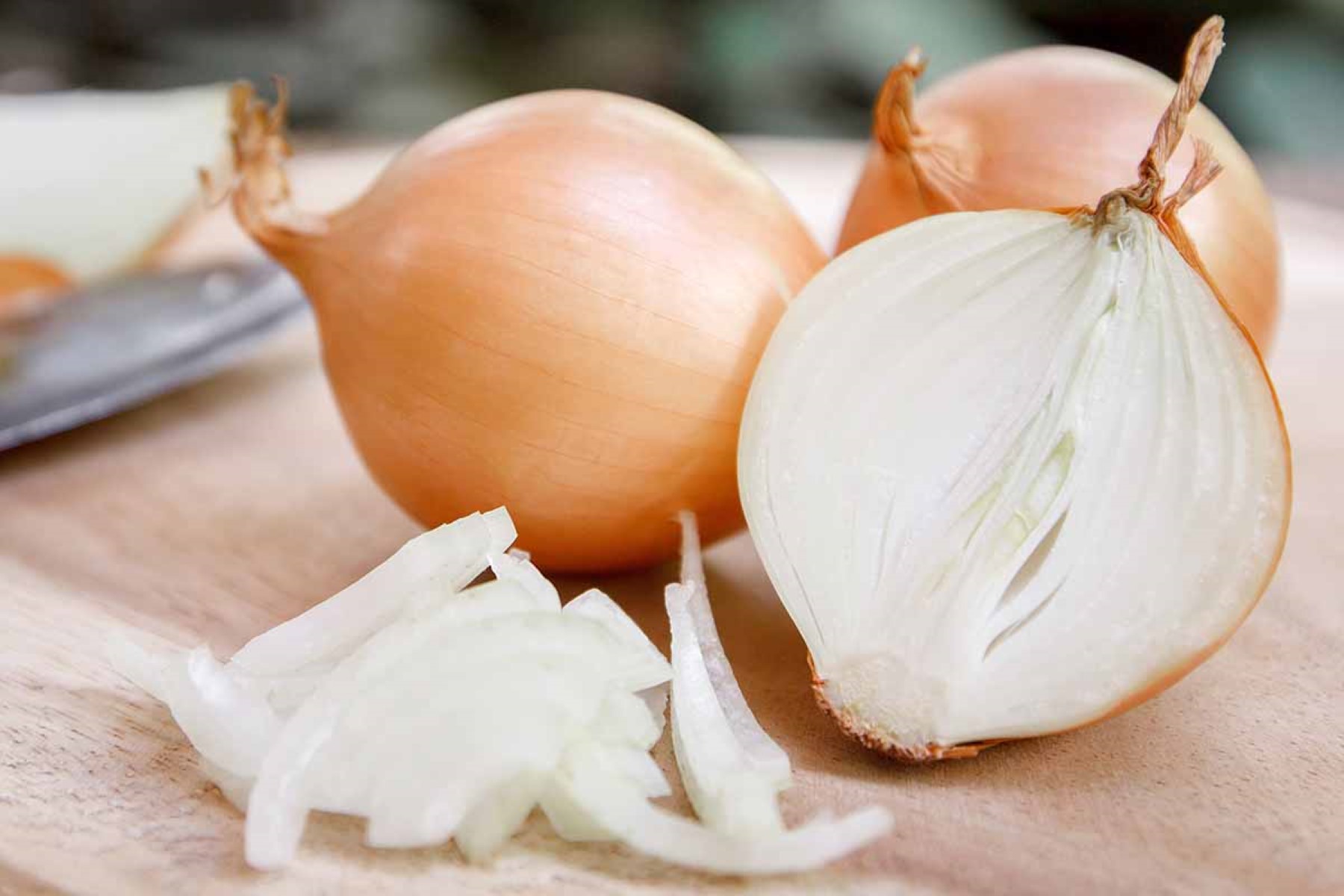
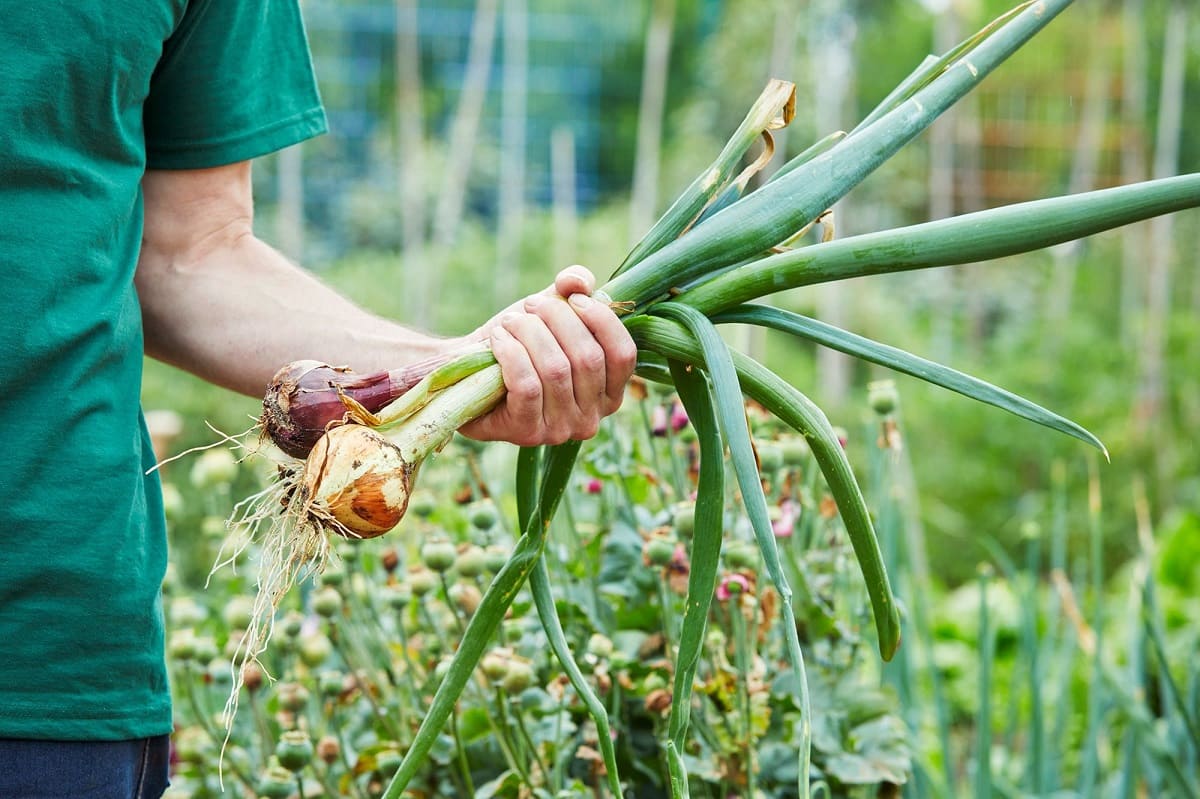
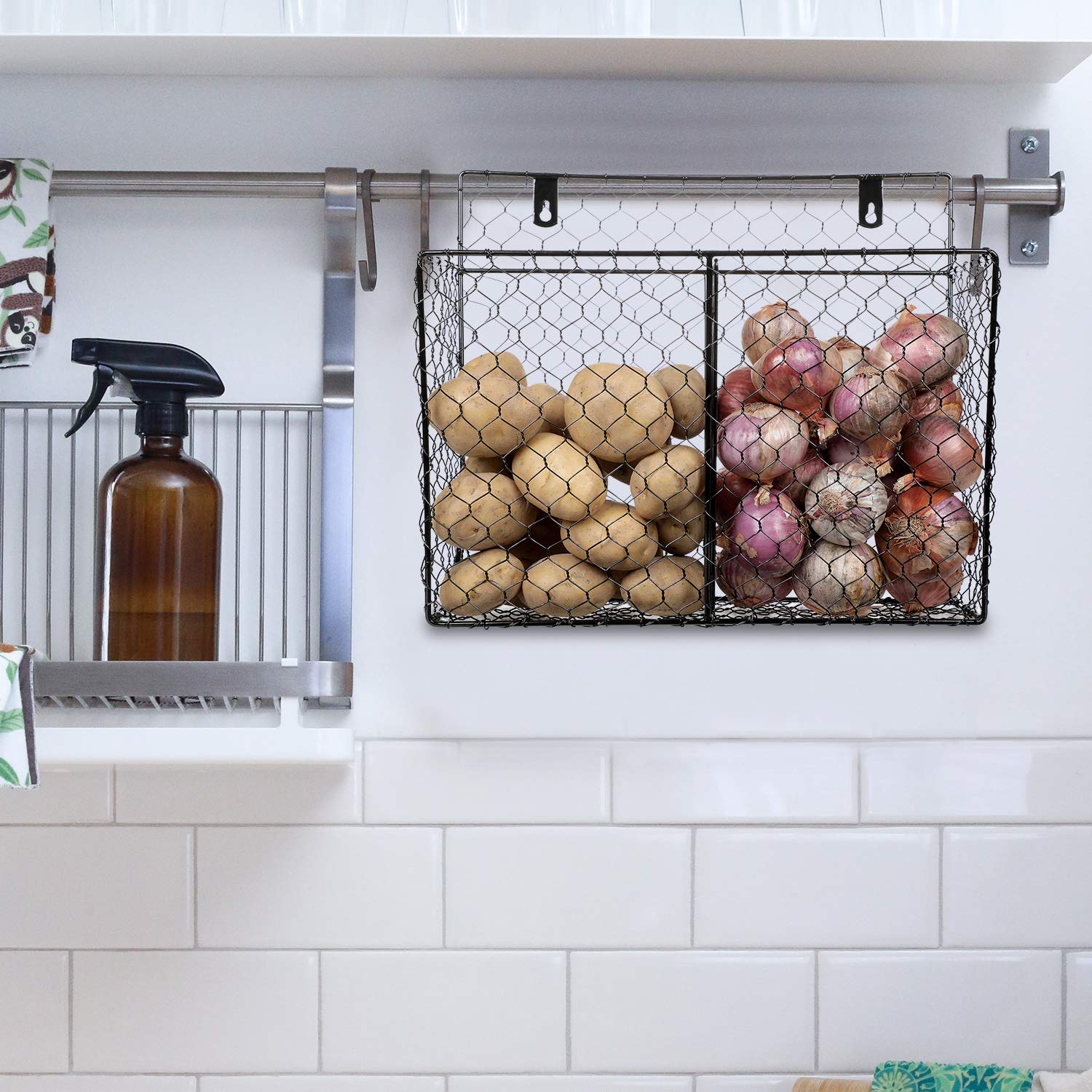
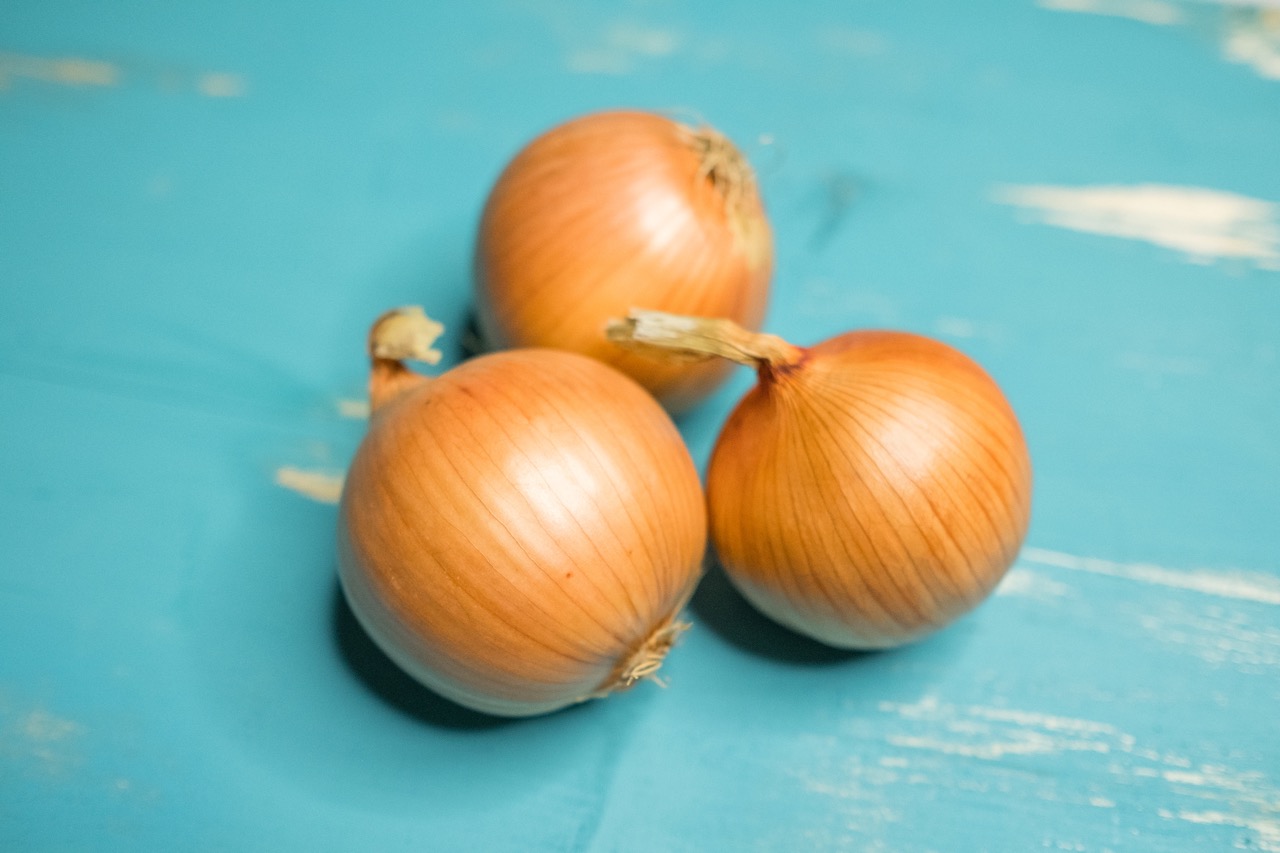
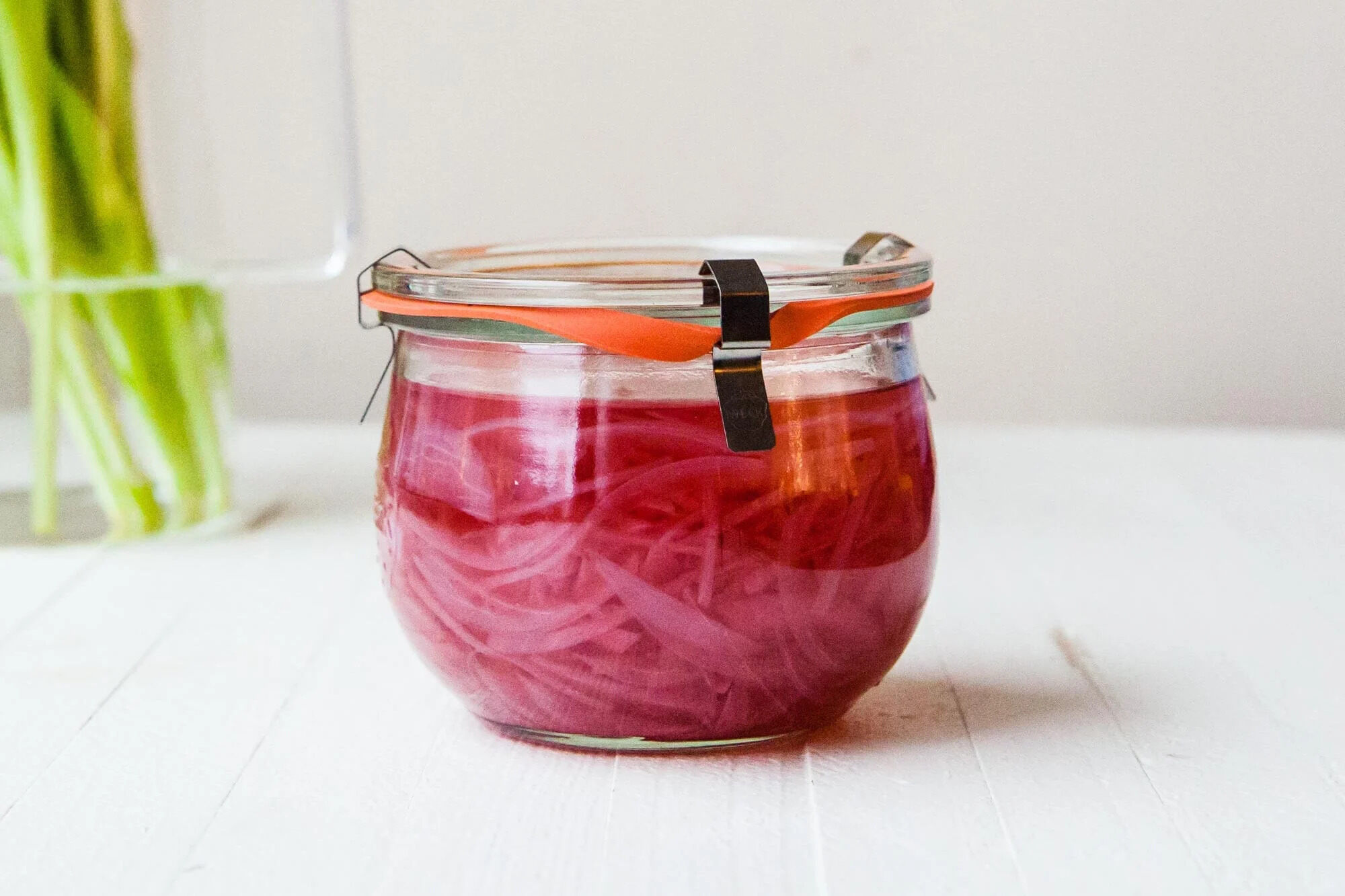

0 thoughts on “How To Store Onions”